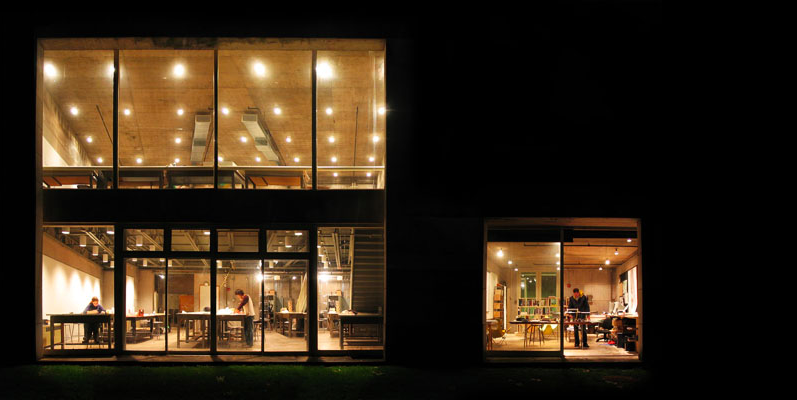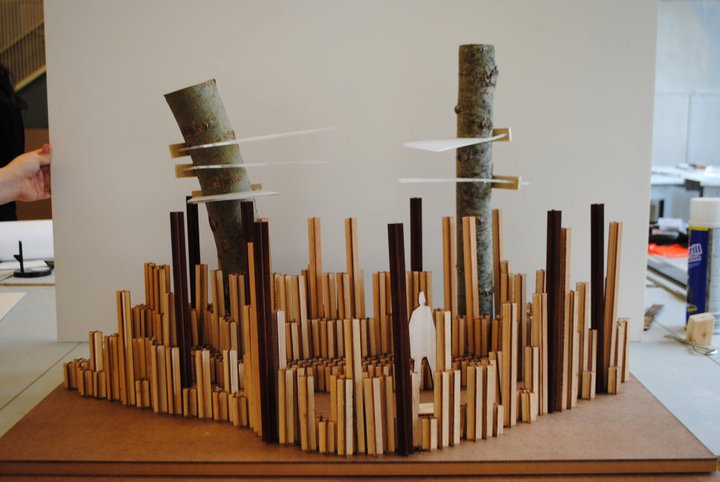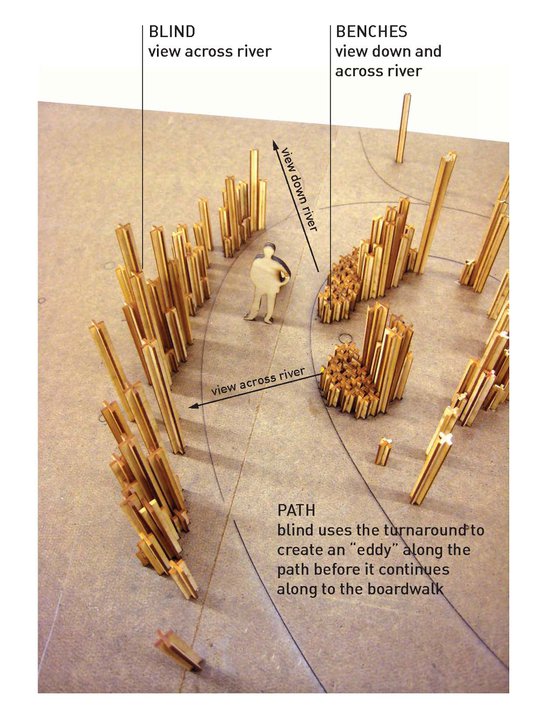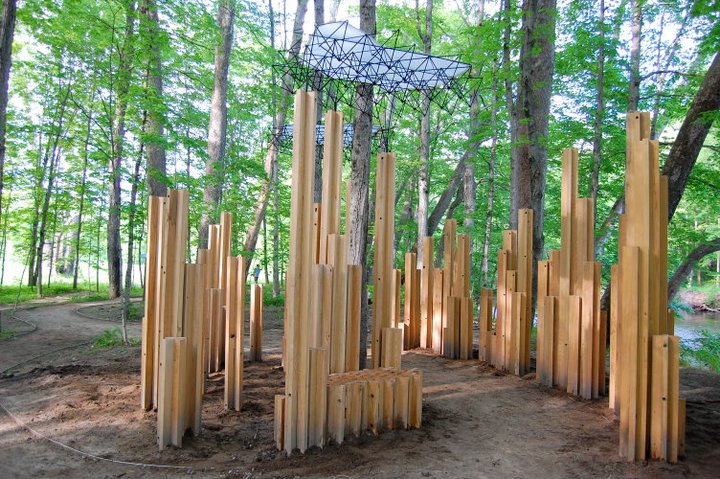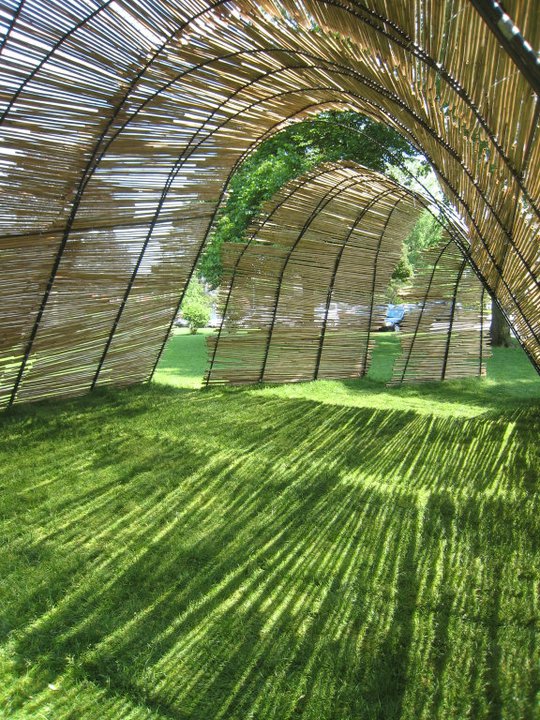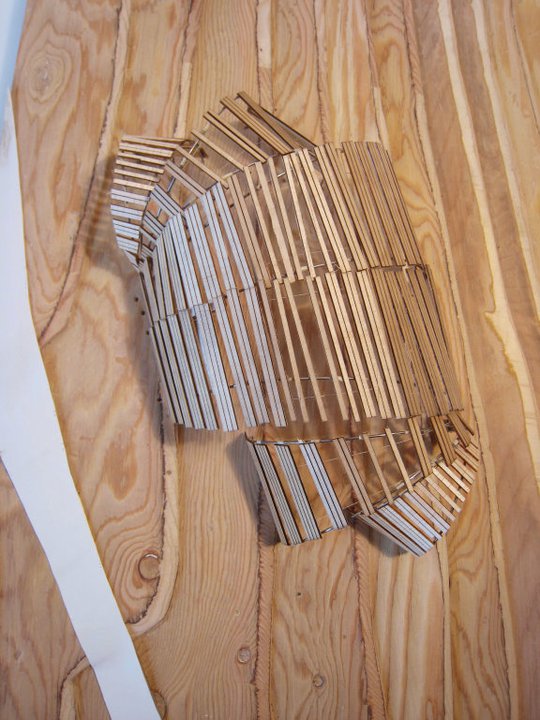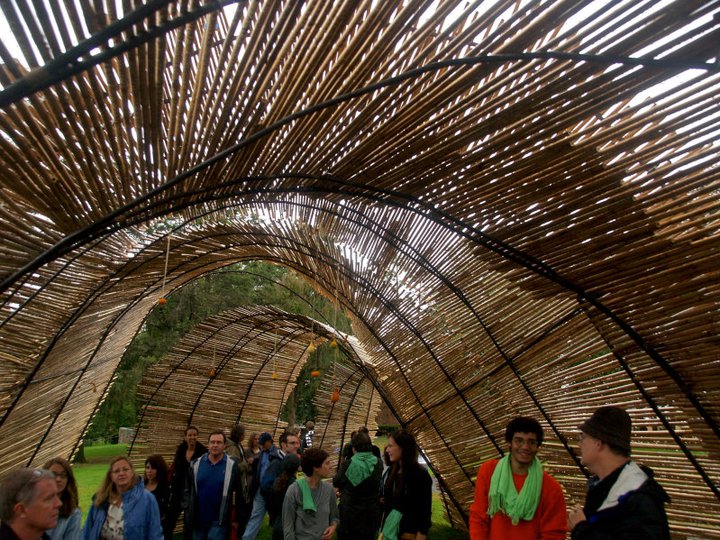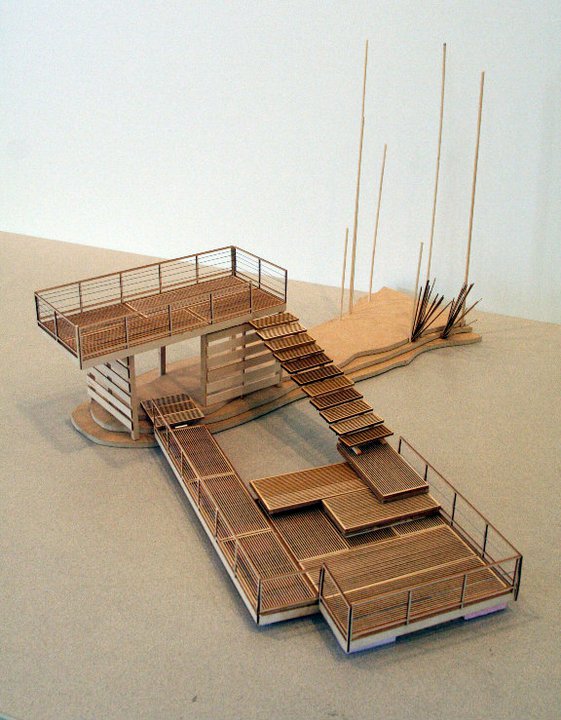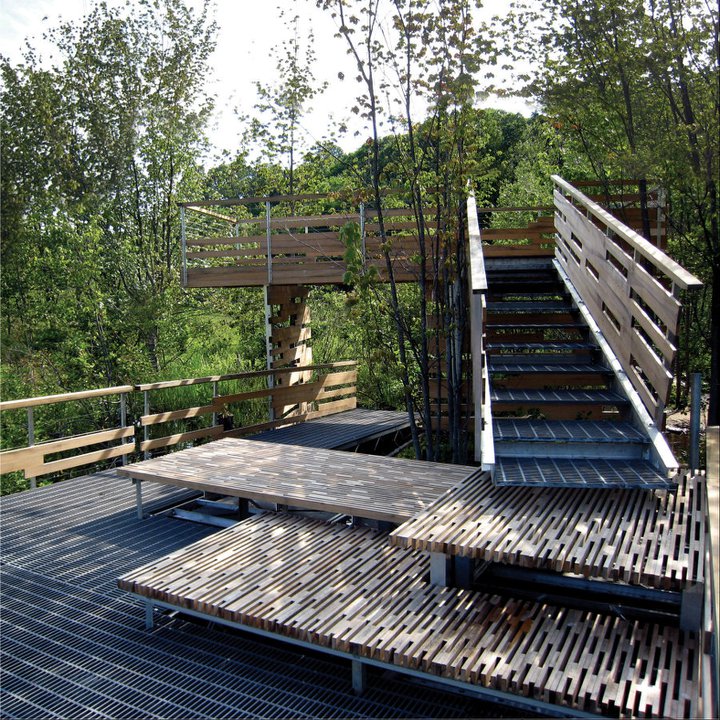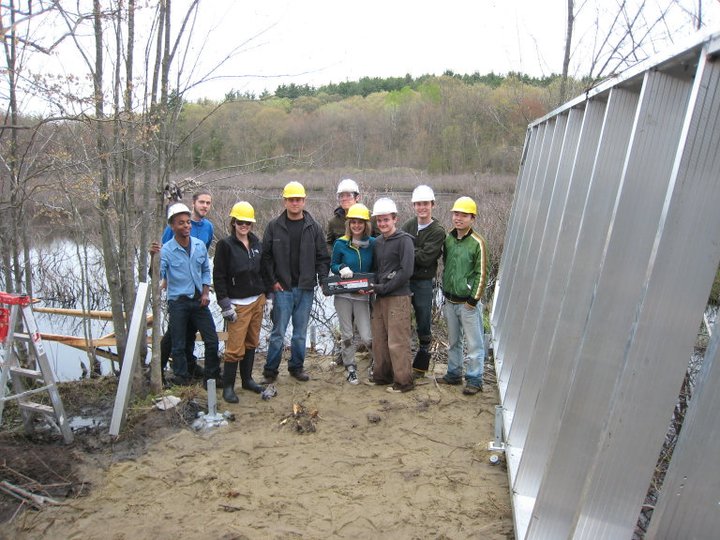This course is a research-design-build studio focused on a single, semester-long project. The intent of this course is to further develop students’ awareness and understanding of the built environment through both the study of project-related historical and theoretical issues and hands-on design and fabrication. Working through an intensive sequence of research, design, and fabrication phases, the studio will undertake to identify, comprehend, and address the theoretical issues at stake in the semester-long project, develop design work that responds to these issues, and collectively work together toward the full-scale realization of the design work created by the studio. As the semester progresses, additional design, representation, and production tools will be introduced and used for developing work for the project, from graphics software to the laser cutter.
Architecture takes place at Wesleyan’s North Studio.
